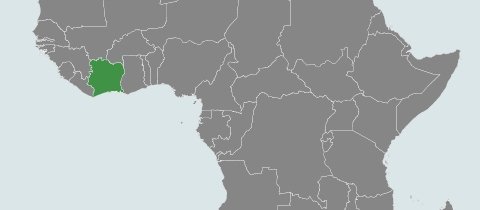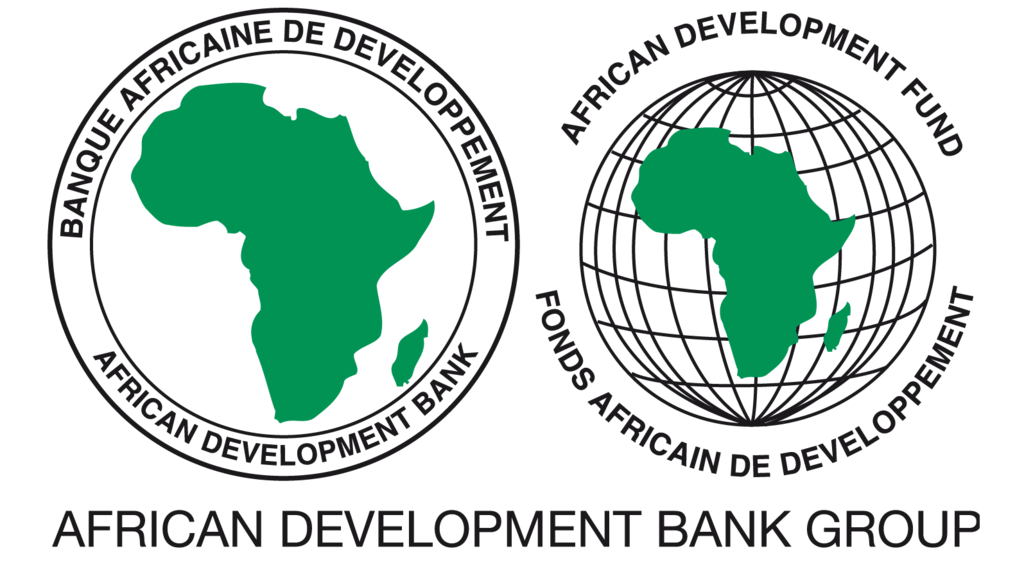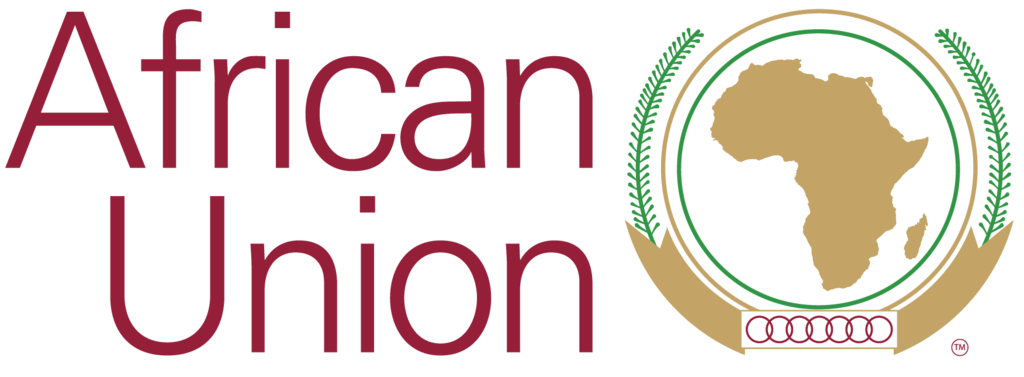At a glance
Côte d’Ivoire electricity access reached 92% of the population in urban areas, while in rural areas is still limited to 38%, although increasing. The national overall electricity access rate is 64%. This rate is one of the highest in the sub region. The Global Tracking Framework estimates the national access to clean cooking solutions at 19%.
The country has four primary energy sources: hydropower, oil, natural gas and biomass. 70% of energy consumption comes from biomass. The residential sector accounts for nearly 70% of total energy consumption, followed by commercial and public services, transportation, industry and agriculture.
A policy on access to electricity based on the exploitation of its water resources was developed, and the exploitation of its oil resources will enable it to strengthen that policy by providing households in modern cooking sources. In terms of energy efficiency and renewable energy, the country has a vast untapped resources. Energy is at the heart of the Côte d' Ivoire development strategies. The three key pillars of sustainable development are concerned: the economy, society and environment.
The country is an ECOWAS member and, with the rest of the region, adopted a concerted approach to the implementation of the SEforALL Country Action, with the development of the Action Agenda alongside the Renewable Energy and Energy Efficiency Action Plans, and their formal adoption. A Rapid Assessment / Gap Analysis of the energy sector was produced in June 2012. In terms of energy access target, Government has set the objective to electrify all localities in the country by 2020.
Regarding renewable energy and energy efficiency, Government has set a target of 16% renewable energy in the energy mix by 2030 (without big hydro) and to reduce energy consumption in industry by 25% in 2030.
The SEforALL implementation is followed by a focal point in the Ministry of oil and energy.
Location

Country contacts
Cote d’Ivoire SEforALL focal point
Cisse Sabati,
Directeur General de l’Énergie
Ministère du Pétrole et de l’Energie
| SEforALL Action Agenda Objectives | 2030 |
|---|---|
| Electricity Access, national | 100% |
| Access to clean cooking, national | 90% |
| Renewable Energy Output | 42% |
| Energy Efficiency | n.a. |
| Country Action Documents | Status |
|---|---|
| Rapid Assessment | Finalized |
| Action Agenda | Finalized |
| Investment Prospectus | Finalized |
Country statistics
| Series | 2010 | 2012 | 2014 | 2016 |
|---|---|---|---|---|
| Access to electricity (% of population) | 58.0% | 55.8% | 61.9% | 64.3% |
| Urban (% of urban population) | 82.9% | 88.1% | 84% | 92% |
| Rural (% of rural population) | 32.5% | 29% | 36.5% | 38% |
| Access to clean fuels and technologies for cooking (% of population) | 18.6% | 18.4% | 18.5% | 18.2% |
| Population, total | 20.1 Million | 21.1 Million | 22.2 Million | 23.7 Million |
| Renewable energy consumption (% of total final energy consumption) | 75.5% | 74.9% | 70.8% | - |
| Renewable electricity output (% of total electricity output) | 28.3% | 26.4% | 23.9% | - |
| Electric power consumption (kWh per capita) | 219.3 | 239.7 | 280.8 | - |





